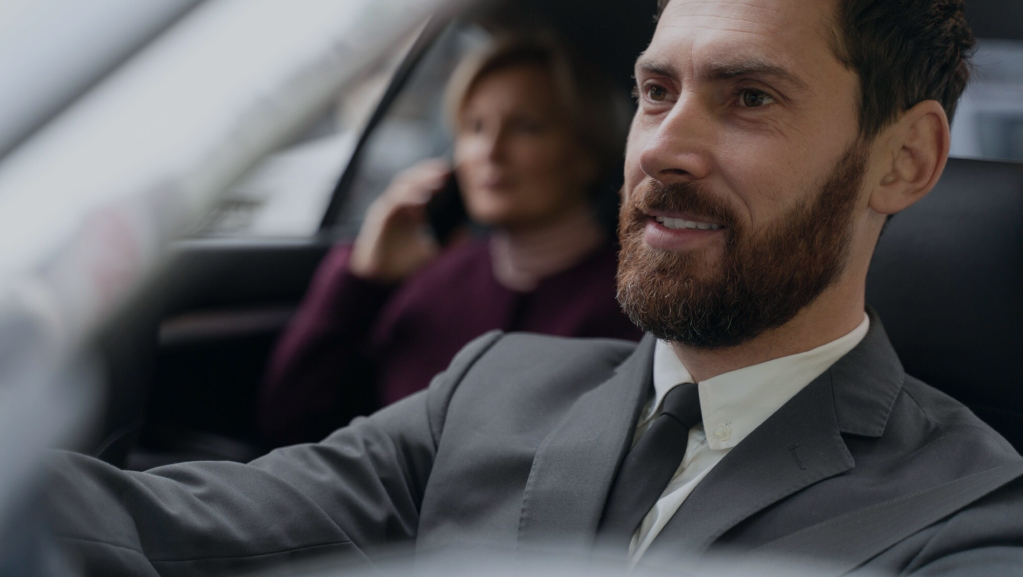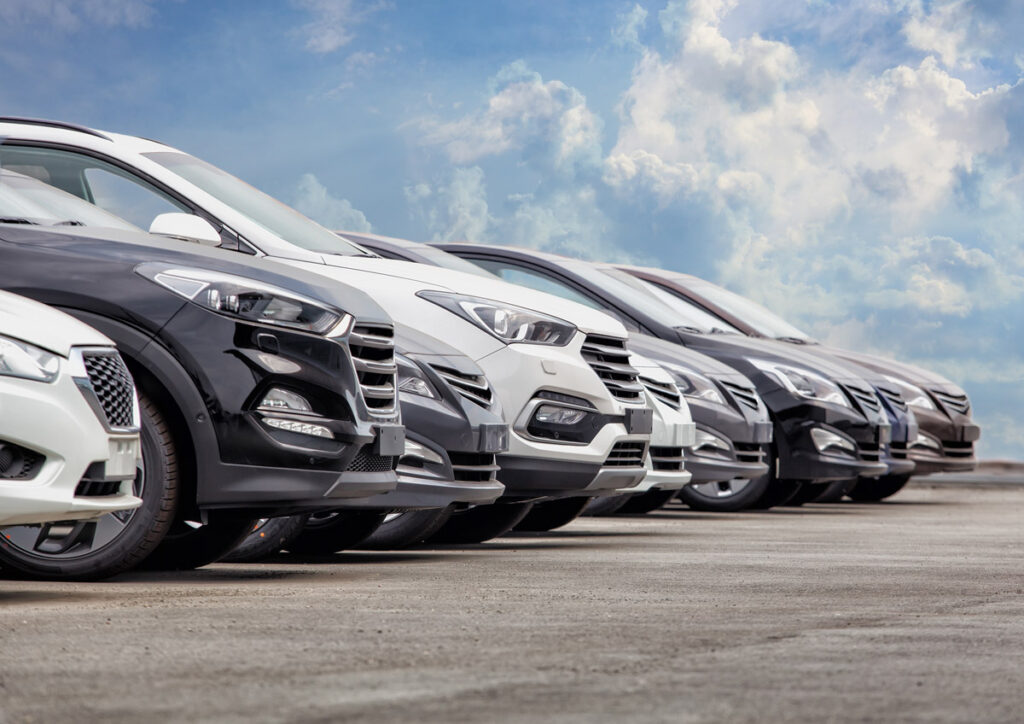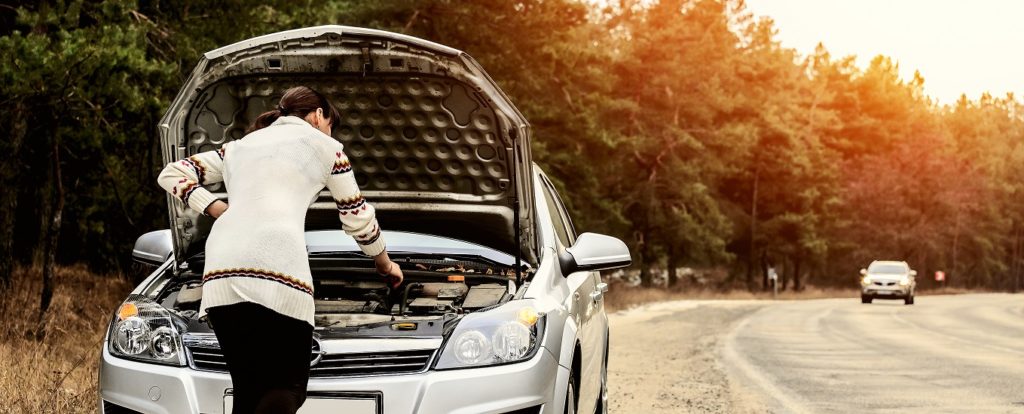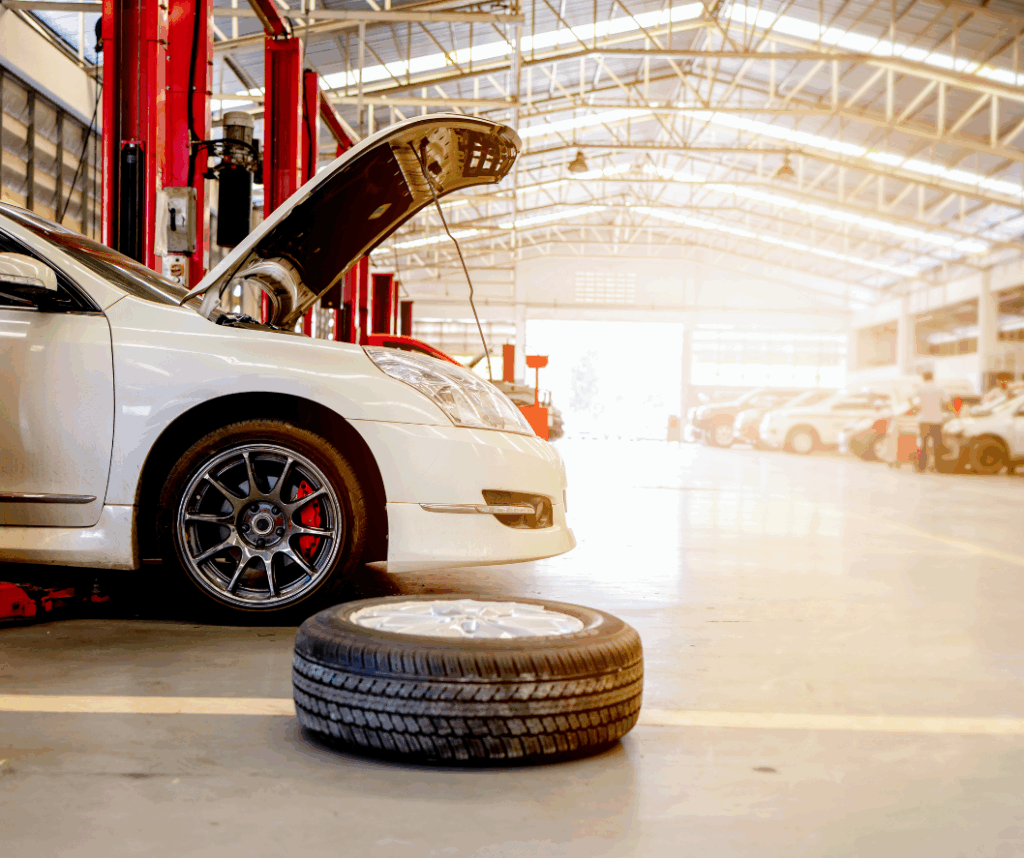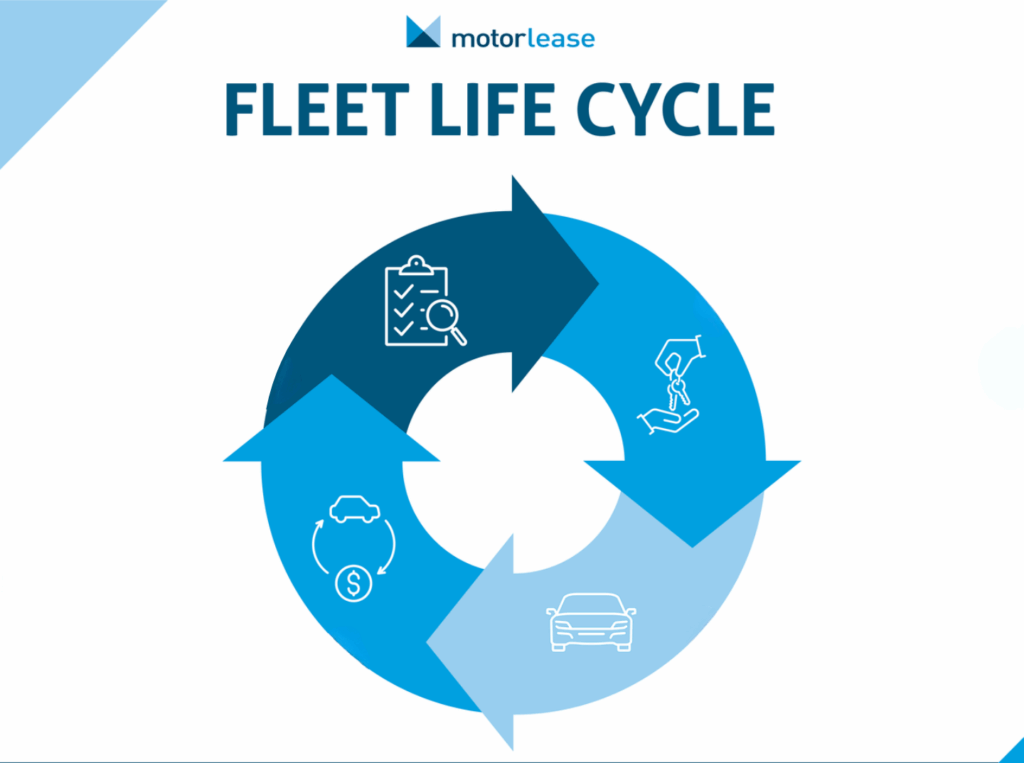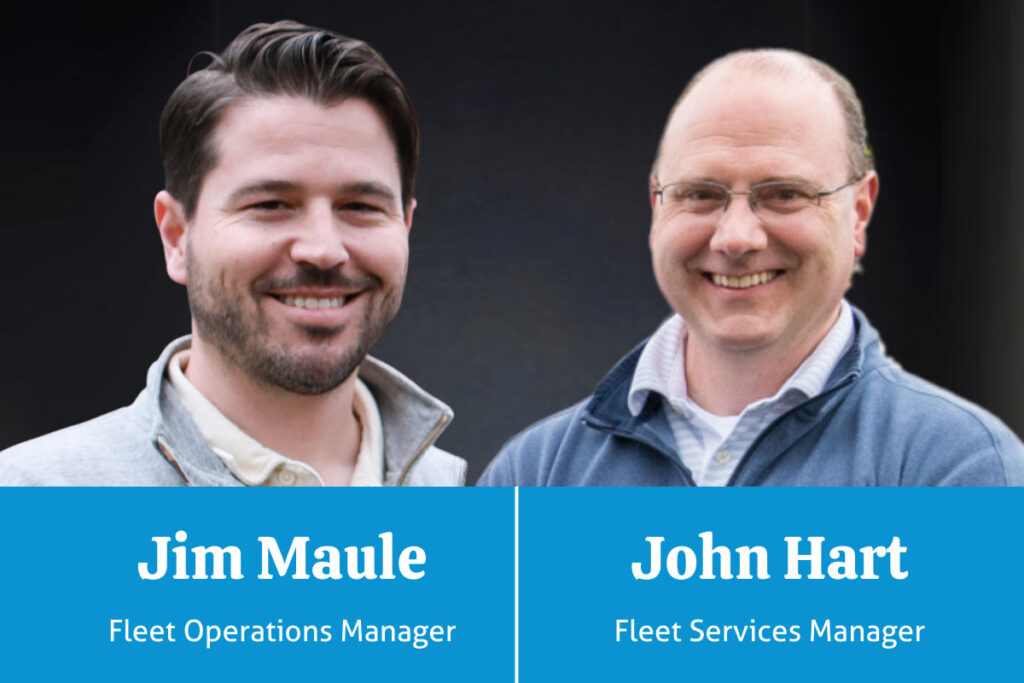I was driving on the highway when it started to rain. Having driven in the rain plenty of times before, I thought nothing of it, turned on my windshield wipers and continued on my way. The rain intensified, so I adjusted my wipers accordingly.
They worked normally for a few swipes before freezing in the upright position, making it impossible to see. I cursed, pulled off to the side of the road, then called the only person I could think of: my dad.
I could not believe that a seemingly small malfunction had impaired my driving in such a major way. After telling some friends about what happened, we realized that none of us knew what to do in the event our car stopped working.
Here are some things I wish I knew about staying safe during a car breakdown.
In This Article
Pull off to the side of the road
Turn on your hazards
Decide if it would be safer to exit the vehicle or stay inside
Contact a roadside service provider to tow your vehicle
Pull off to the side of the road
While your situation will ultimately dictate your course of action, try to find a spot to safely pull over, such as an exit or to the right-hand side of the road. Whatever you choose, make sure to communicate your choice with other drivers. The Official National Safety Council Defensive Driving Course reminds you to “signal your intentions to drivers behind you. If it is necessary to change lanes, watch your mirrors and the traffic around you closely.” Effective communication will prevent a bad situation from getting worse.
Turn on your hazards
Whether disabled in the middle of the road or safely pulled over, turn on your car’s hazard lights to let other drivers know that something is wrong. While state laws vary regarding hazards, what is “common across all states, is that you should use your hazards when your car is stationary on a highway outside of a lighted urban area. It’s about ensuring your vehicle is visible to oncoming cars.” Flashing hazards are a universal signal that there is something wrong, allowing other drivers to give you the space you need.
Decide if it would be safer to exit the vehicle or stay inside
According to AAA Safety Guide, “experts agree that under most circumstances if you are able to pull away from traffic, it is safest to remain in your vehicle until a law enforcement officer or road service provider arrives.” However, in some instances, such as a fire, it would be smarter to leave. Esurance suggests that the best thing to do is “trust your gut here — if you feel you’d be safer in the car, go with your instincts and stay inside with your seat belt on. If you made it to the right-hand side of the road, get out through the passenger-side door. And if your engine’s smoking or you see flames, get out.” If you decide that leaving is the best option, triple check before exiting your vehicle.
Contact a roadside service provider to tow your vehicle
Once you have put yourself in the safest position, contact a service provider for assistance; a company like AAA may be able to get there quicker than your dad and be a friendly voice in a stressful moment. While you wait for help to arrive, continuously assess the situation to ensure that you are staying as safe as possible.
Cars are incredibly well built today; however, the odds are that at some point you are going to deal with a breakdown. The key is to be prepared, remain calm and always be safe. Use your best judgement and these best practices, so you won’t end up as panicked as I was.
